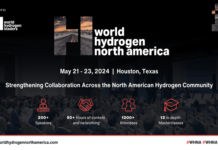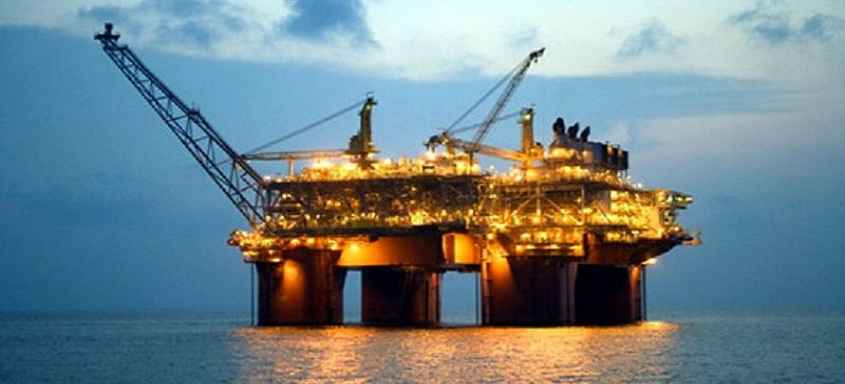BP has sanctioned the Mad Dog Phase 2 project in the United States, highlighting its long-term commitment to the country despite the current low oil price environment.
Mad Dog Phase 2 will include a new floating production platform with the capacity to produce up to 140,000 gross barrels of crude oil per day from up to 14 production wells. Oil production is expected to begin in late 2021.
“This announcement shows that big deep water projects can still be economic in a low price environment in the U.S. if they are designed in a smart and cost-effective way,” said Bob Dudley, BP Group Chief Executive. “It also demonstrates the resilience of our strategy which is focused on building on incumbent positions in the world’s most prolific hydrocarbon basins while relentlessly focusing on value over volume.”
In 2013, BP (operator, with 60.5 percent working interest) and co-owners, BHP Billiton (23.9 percent) and Union Oil Company of California, an affiliate of Chevron U.S.A. Inc. (15.6 percent), decided to re-evaluate the Mad Dog Phase 2 project after an initial design proved too complex and costly. Since then, BP has worked with co-owners and contractors to simplify and standardize the platform’s design, reducing the overall project cost by about 60 percent. Today, the leaner $9 billion project, which also includes capacity for water injection, is projected to be profitable at or below current oil prices.
“Mad Dog Phase 2 has been one of the most anticipated projects in the U.S. deep water and underscores our continued commitment to the Gulf of Mexico,” said Richard Morrison, president of BP’s Gulf of Mexico business. “The project team showed tremendous discipline and arrived at a far better and more resilient concept that we expect to generate strong returns for years to come, even in a low oil price environment.”
While BP has reached a final investment decision (FID) on Mad Dog Phase 2, BHP Billiton and Chevron, for the Union Oil Company of California interest, are expected to make a final investment decision in the future.
BP discovered the Mad Dog field in 1998 and began production there with its first platform in 2005. Continued appraisal drilling in the field during 2009 and 2011 doubled the resource estimate of the Mad Dog field to more than 4 billion barrels of oil equivalent, spurring the need for another platform at the field.
The second Mad Dog platform will be moored approximately six miles to the southwest of the existing Mad Dog platform, which is located in 4,500 feet of water about 190 miles south of New Orleans. The current Mad Dog platform has the capacity to produce up to 80,000 gross barrels of oil and 60 million gross cubic feet of natural gas per day.
BP plans to add approximately 800,000 net barrels of oil equivalent per day of new production globally from projects starting up between 2016 and 2020.
About BP
Over the past 10 years, BP has invested more than $90 billion in the U.S. – more than any other energy company. BP is a leading producer of oil and gas and produces enough energy annually to light nearly the entire country for a year. Employing about 14,000 people across the country, BP supports more than 130,000 additional jobs through all of its business activities.
- BP is the largest investor in the deepwater Gulf of Mexico over the past 10 years.
- BP is one of the largest leaseholders in the Gulf, with acreage in about 400 lease blocks.
- The Mad Dog Field was discovered in 1998 and is one of BP’s largest discoveries in the Gulf of Mexico to date.
- Field production began in 2005 from the initial Mad Dog development, which included a truss spar floating platform equipped with facilities for simultaneous production and drilling operations.
- In the deepwater Gulf of Mexico, BP operates four large production platforms – Thunder Horse, Atlantis, Mad Dog and Na Kika – and holds interests in four non-operated hubs – Mars, Mars B, Ursa and Great White.
- Earlier this year, BP successfully launched a major water injection project in its Thunder Horse field that will allow for the recovery of an additional 65 million barrels of oil equivalent. BP also is moving forward with the Thunder Horse South Expansion project, which will add a new sub-sea drill center roughly two miles from the Thunder Horse platform.
- Between 2013 and 2015, BP’s average daily production in U.S. Gulf of Mexico increased from 189,000 barrels of oil equivalent to 249,000.
BP Press Office,
Houston
+1 281 366 4463
uspress@bp.com












































